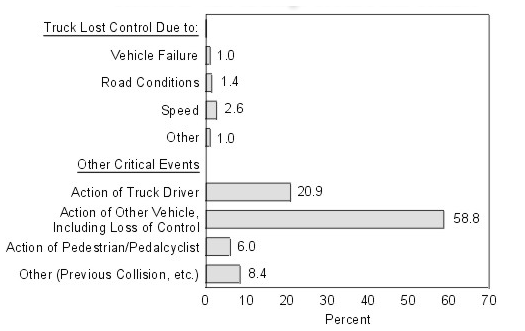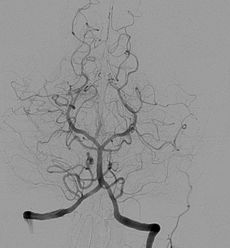In an Upstate New York truck accident that happened several days ago, a trailer disconnected from the rig that was pulling it and crashed into a minivan killing 7. Investigation will determine if the cause of the accident was mechanical failure or driver action.
According to the Federal Motor Carrier Safety Administration, mechanical failures are the cause of only 1% of fatal accidents involving large trucks and among mechanical failures, the truck’s couplings, hitches or chains are the cause of 1 in a thousand fatal accidents.
 New York Personal Injury Attorneys Blog
New York Personal Injury Attorneys Blog




 Angiography alone doesn’t detect Ischemia and may lead to
Angiography alone doesn’t detect Ischemia and may lead to 
 Every 9 minutes a young worker suffers injury at work. In 2010, 328 teens
Every 9 minutes a young worker suffers injury at work. In 2010, 328 teens 